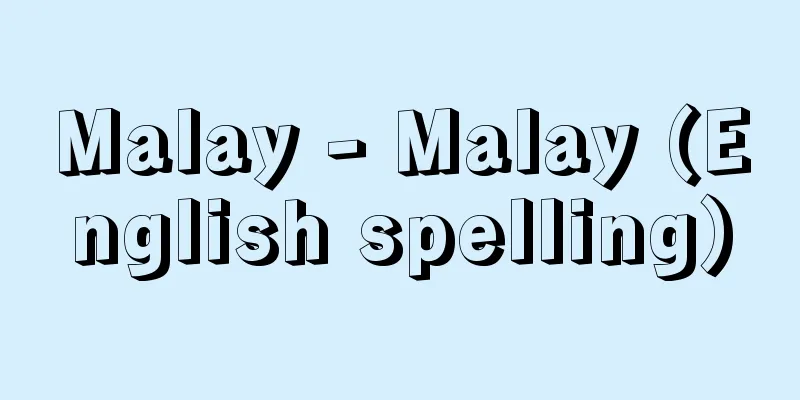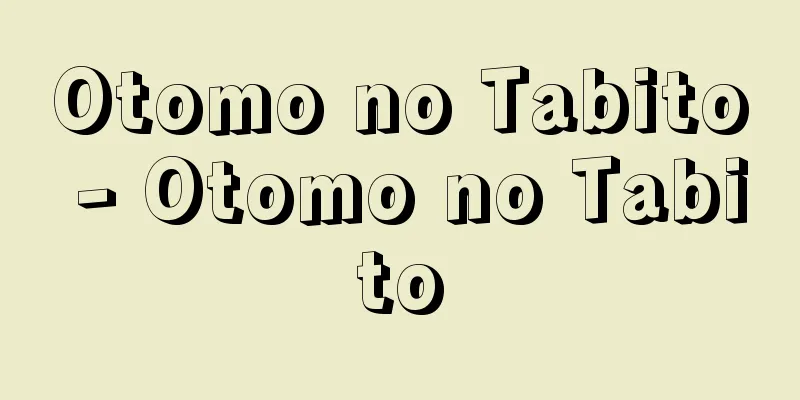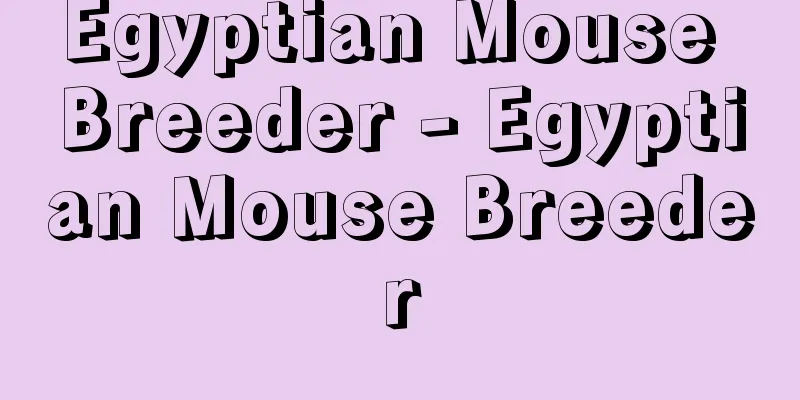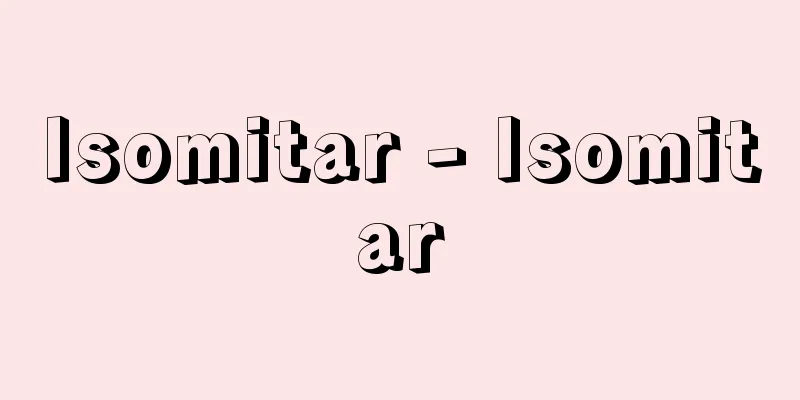Malay - Malay (English spelling)

|
Originally, it was a racial/ethnic name derived from the Malay word "Melayu." The narrowest interpretation is the official definition set by the current Malaysian Federation, which states that "people who believe in Islam, speak Malay, and follow Malay customs (adat)." In this case, it can be said to be a general term for people based on cultural indicators. However, it is often used almost synonymously with the so-called "coastal Malays," who are generally concentrated in the areas from the Malay Peninsula to Riau, the Lingga Islands, and the east coast of Sumatra in Indonesia, and are widely distributed in coastal areas of Borneo and Java. These Malays have been active in navigation and trade since ancient times, and are said to have been closely involved in the spread of Malay as a common language and Islam. However, coastal Malays are not considered to be culturally or racially homogenous, but are seen as a diverse mix of cultural and racial elements, including Javanese, Makassarese, and other indigenous peoples of Indonesia, as well as Arabs and Indians who originally came from further afield. The broadest interpretation of the Malays is academic, and is based on cultural or physical characteristics and the timing of migration from mainland Southeast Asia to islands, and defines two broad categories, Proto-Malays and Diagenetic Malays, to classify many of the indigenous inhabitants of today's mainly island areas of Southeast Asia. For example, the Batak people of Sumatra, the Dayak people of Borneo, and the Toraja people of Sulawesi are classified as the former, while Malays in the narrow sense (coastal Malays) and Javanese are classified as the latter. [Tomizawa Toshio] [References] | |Source: Shogakukan Encyclopedia Nipponica About Encyclopedia Nipponica Information | Legend |
|
本来は、マレー語の「ムラユMelayu」を語源とする人種・民族名称である。もっとも狭義の解釈としては、今日のマレーシア連邦が定めた「イスラム教を信仰し、マレー語を話し、マレーの慣習(アダット)に従う人々」という公式的定義がある。この場合基本的には文化指標に依拠した人々の総称だといえる。しかし、一般的にはマレー半島からインドネシアのリアウ、リンガ群島、スマトラ東岸にかけての地域にとくに集中し、またボルネオ島やジャワ島などの諸地域のとくに沿岸地帯にかけて広く分布する、いわゆる「沿岸部マレー人」と、ほぼ同義的に使用されることも多い。これらのマレー人は古くから航海や交易に活躍し、共通語としてのマレー語とイスラムの普及に密接にかかわりをもった人々といわれる。ただし、沿岸部マレー人は、文化的にも人種的にも同質とは考えられず、ジャワ人やマカッサル人などのインドネシアのほかの現地住民をはじめ、もともとは遠来のアラブ人やインド人などの多様な文化的、人種的要素が混入しているとみなされている。 また、マレー人のもっとも広義の解釈は、学術上のもので、文化的あるいは身体的特徴と東南アジア大陸部から島嶼(とうしょ)部への移住時期の新旧を基準にして、原マレー人(旧マレー人、古マレー人Proto-Malays)と続成マレー人(第二次マレー人、新マレー人Deutero-Malays)という二つの大範疇(はんちゅう)を設定し、今日の東南アジアの主として島嶼部の多くの土着的住民を分類するものである。たとえばスマトラのバタック人、ボルネオのダヤク人、スラウェシのトラジャ人は前者に、狭義のマレー人(沿岸部マレー人)やジャワ人などは後者に分類される。 [富沢寿勇] [参照項目] | |出典 小学館 日本大百科全書(ニッポニカ)日本大百科全書(ニッポニカ)について 情報 | 凡例 |
Recommend
Yueyang Youth Group - Gakuyou Shonendan
...In 1922, the Junior Red Cross, which advocated...
Monthly Picture - Tsukinamie
A series of paintings in which themes such as even...
Sofa - Sofa (English spelling)
From a functional standpoint, chairs can be divid...
Nguyen Trai (English spelling)
1380‐1442 Vietnamese scholar and thinker of the ea...
Fetalization theory - Taijikasetsu (English spelling) foetalization
A theory of human evolution proposed by Dutch anat...
Togou-shi
A medieval samurai family whose main residence was...
Mackay, John Alexander
Born: May 17, 1889. [Died] June 9, 1983. An Americ...
Pterygota
…Insects are divided into two groups based on the...
Nandan [town] - What is it?
A former town at the southern tip of Awaji Island,...
Imagerie d'Epinal (English name) ImageriedEpinal
...It developed from the monasteries and castles ...
Xuzhou Operation
From April 7 to May 19, 1938, the Japanese army pi...
Fish Dream Dragon - Gyomuryu
...As can be seen from the biography, his style i...
Héloïse (English spelling) Heloise
…After studying under Roscellinus and William of ...
Hǔksan‐chedo (English spelling)
An archipelago stretching from north to south in t...
Crackers - Cracker (English spelling)
A type of biscuit made by mixing flour, fats and ...









